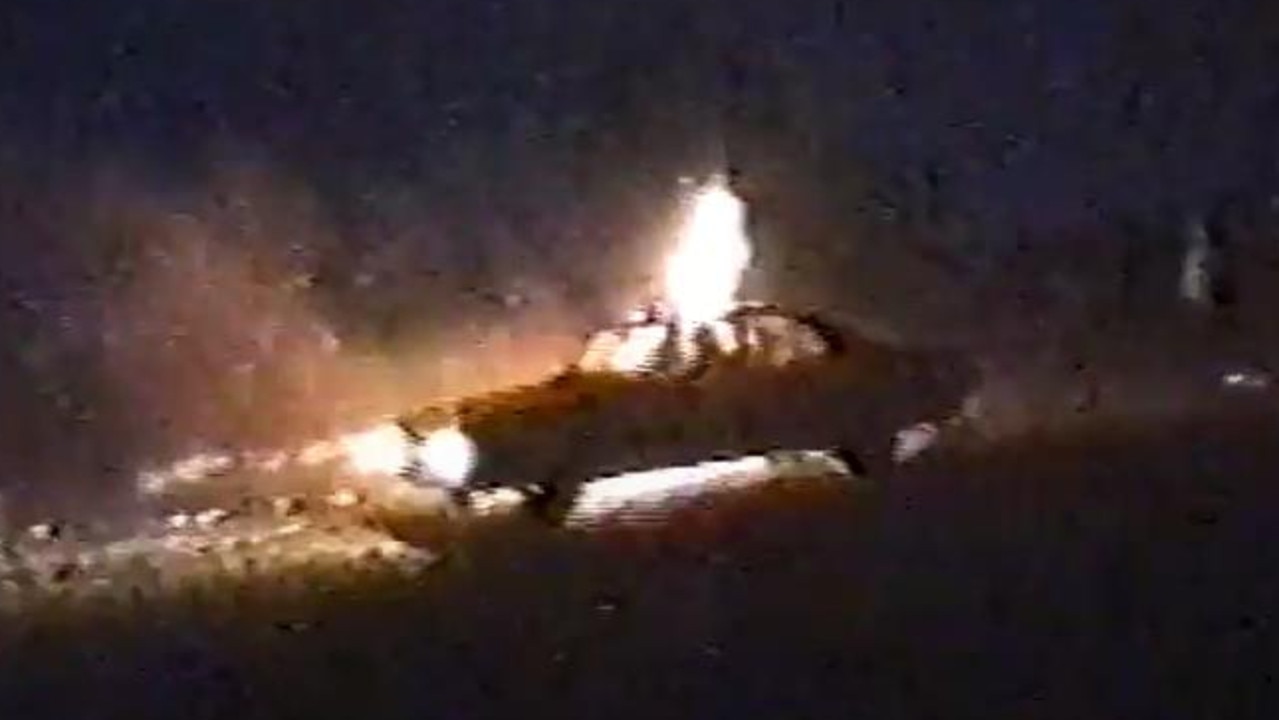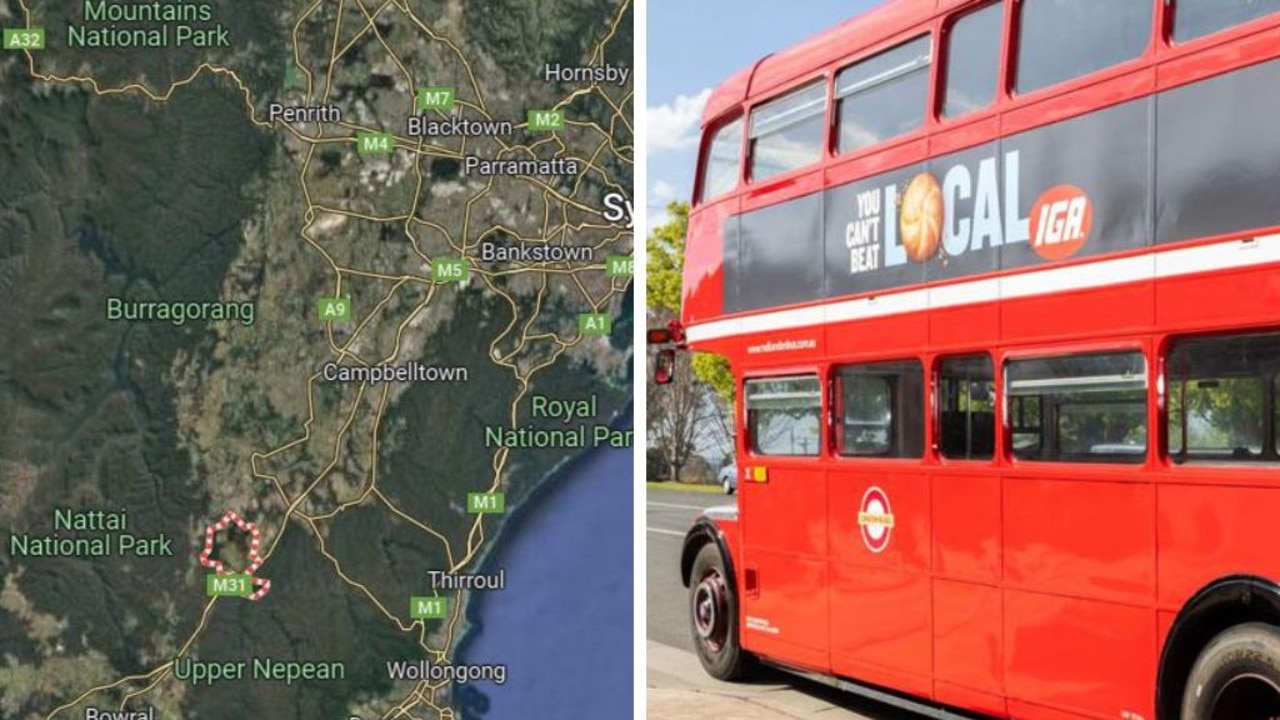Law & disorderly
BARRY Oliver visits an exhibition dedicated to the larrikin history of pubs at Sydney's Justice and Police Museum.
IT'S like stepping back in time. Men in crimson jackets, breeches and shiny boots mill around the narrow corridor.
Women in prim dresses sit patiently as make-up is delicately applied and bonnets positioned.
It could be the early 1800s but this is Sydney 2008 and the venue is the Justice and Police Museum, where the courtroom, dating back to the 1890s, has been hired for the filming of a new ABC series on the 200th anniversary of the Rum Rebellion.
It's a popular spot for filmmaking, mock trials and education programs. The dock, surrounded by metal spikes, has been reconstructed based on old drawings of the Water Police Court, which dealt with up to 120 cases a day at the close of the 19th century. The most common offences were petty theft, assault, drunkenness and vagrancy. Many features from the late 1800s remain, including the magistrates' bench.
It's an unusual museum, giving a voice to Sydney's dark side, revealing a history some may prefer to forget.
From the outside, the small sandstone building on a corner at Circular Quay is dwarfed by high-rises: the Sir Stamford hotel looms menacingly. You'd never guess that inside are enough weapons to equip a small, if ragtag, army (many of the guns are a little out of date).
There is also a distressing assortment of instruments of extreme violence, from coshes to medieval-looking spiked balls (all once in criminal hands). There are death masks, historic photographs and intriguing insights into Sydney's criminal underworld and the methods used to fight it.
The museum, run by the Historic Houses Trust, is dedicated to exploring the social history of law, policing and crime in NSW. It attracts about 40,000 visitors a year with semi-permanent and temporary exhibitions.
Why do people commit crimes?
For someone up to his armpits in crime, so to speak, curator Caleb Williams is surprisingly softly spoken. I'd expected someone older and gruffer, an ex-policeman perhaps, a cross between Columbo and Rumpole of the Bailey. Williams, who has a background in the arts, is nothing like either, though he is intrigued by the criminal mind and what makes it tick.
"I find the themes inherently fascinating, the psychology behind it all. Why do people commit crimes? What are the appropriate ways of dealing with that? I try to explore some of this in the exhibitions," he says.
My weekday visit necessitates a backdoor approach - the museum's usually open to the public only at weekends - and after a brief conversation with an intercom I'm escorted up a flight of well-worn stairs and through a cluttered office into the museum proper. It's an odd assortment of spaces and Williams apologises for the layout. Of course, it wasn't purpose-built and in some ways that adds to its appeal. It must have been a challenge deciding how best to organise the different areas.
In the mid-1980s, the Historic Houses Trust was faced with the tricky task of restoring three buildings on one site - the Water Police Court (1856), the Water Police Station (1858) and the Police Court (1885) - while maintaining their original character.
Sydney's Pubs: Liquor, Larrikins and the Law
Crime, and the violence often associated with it, doesn't always make pleasant viewing. The latest feature exhibition, Sydney's Pubs: Liquor, Larrikins and the Law (to November 2), includes a graphic black-and-white photograph of John William Manners lying in blood after being shot dead outside the Australian pub in the Rocks, Sydney, in 1956.
"In typical underworld fashion, the crime was never properly dealt with," Williams says. Other photographs show pub crime scenes: blood on floors, unfinished drinks, upturned chairs.
The photographs are the tip of a vast collection: about 130,000 glass-plate negatives stored in the museum's attic that record police investigations through the years. Williams says they are gradually being sorted, though it's a daunting task. He says, with some relief, that it's no longer his job.
Like most museums, there are more items in store than on display. Williams says that of 11,000 to 12,000 catalogued items, only about 500 are being exhibited.
An underground vault, sealed with 15cm-thick steel doors, holds a large collection of colonial-era guns, rifles and swords. "There are other big collections relating to police equipment, costumes, bongs, all sorts of weird things," Williams says.
Six o'clock swill was "uncivilised"
The curator vents his disgust when we come to pictures of the so-called six o'clock swill in Sydney, when men had a half-hour to down their drinks. "It was a zoo, a beer-feeding frenzy," he tells me. "They'd urinate where they stood so they didn't lose their place at the bar. It was hideously uncivilised."
There are confiscated weapons from the so-called razor era in the 1920s, when east Sydney gangs fought over prostitutes, territory and alcohol. Darlinghurst, at the centre of the battles, earned the nickname Razorhurst. Williams says it wasn't illegal to be on the streets in possession of a razor until 1929.
In the Crime Museum, the faces of 100 anonymous criminals stare out from the wall. It's a random selection, from 1913 to 1930, with no hint of what crime they might have committed. A few look regretful, others not bothered; most assume a defiant expression.
Perhaps they were linked with some of the weapons on display nearby: pocket revolvers, sawn-off rifles, knuckle-dusters, a mace, a slingshot, a tomahawk, hammers. There's even a sizeable axe used in a 1915 murder.
Crime and punishment: the tools
Many of the weapons were confiscated by Railway Police. Williams says the room - all black - is a homage to Scotland Yard's Black Museum in London in the late 1800s, which was not intended for the public but to instruct police recruits in the devious ways of criminals.
Another room looks at corporal and capital punishment, prison reform and transportation. On the wall is a fitting Oscar Wilde quote: "As one reads history, one is absolutely sickened, not by the crimes the wicked have committed, but by the punishments the good have inflicted."
Nearby are inventions designed to subdue or punish prisoners, including a device jammed into the mouth to stop them talking and a hood put on those who weren't allowed to associate with other inmates.
One of the small, bleak police cells has been left in its original condition. It would have taken up to 15 prisoners. Others have been converted into exhibition spaces.
The Bushranger Cell holds the death mask of Captain Moonlite, made by Walter McGill soon after the outlaw was hanged at Darlinghurst Jail in 1880. McGill, a stonemason and phrenology enthusiast, declared after examining the skull that it would have been impossible for Moonlite to tell the truth.
Williams says that at the time a lot of emphasis was put on measuring skulls.
The Forensic Cell features two murders and examines the role forensics played in tracking down the killers. One is the so-called Pyjama Girl case, which made headlines in the 1930s, mainly because the body was preserved in a zinc-lined bath of formalin at the University of Sydney's anatomy department as police tried to identify the victim. A mask of the face clearly shows some of her horrific injuries: she was bashed, shot, burned and left in a culvert, dressed in pyjamas. A breakthrough in dental records led to identification and her husband confessed to the killing in 1944, 10 years after her death.
Like most museums, there's a souvenir shop on the way out. I have been told this one sells handcuffs, which I'm curious to see, but Williams says they're just plastic. They wouldn't be allowed to sell real ones, he says. Obviously, it would never do for the Justice and Police Museum to fall foul of the law.



